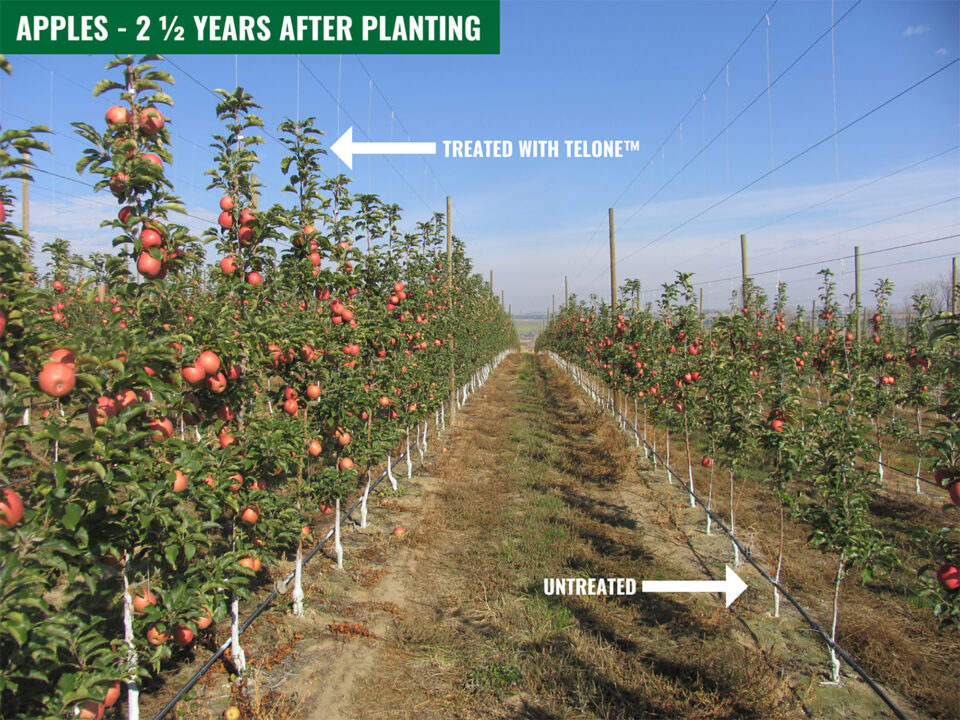Fire Blight Hits Maryland, Pennsylvania
Pennsylvania and parts of Maryland experienced two fire blight infection periods in early May, according Kari Peter, assistant professor in the Department of Plant Pathology and Environmental Microbiology and tree fruit pathologist with Penn State Extension. Peter also notes that trees that experienced a late bloom were susceptible to infection over Memorial Day. Thanks to current weather conditions, trees have been susceptible again in early June.
She warns that blossom blight and shoot blight is also prevalent in the region. She also indicates that fire blight-resistant cultivars are showing symptoms this year.
“The disease pressure has been so severe this year that those orchards (and trees in the home landscape) that were not protected with streptomycin during the critical bloom time will very likely experience some level of fire blight infection,” Peter says.
Peter recommends monitoring your orchard for fire blight and blossom blight infections, even if your orchard shows no signs of infection.
“Blossom blight infection is indicative of blackened flower remnants or small fruitlets, with discoloration moving down the flower stem. Often times you will see tiny ooze droplets on the surface of the diseased tissue. The veins of infected leaves will blacken early on, followed by the shoot tips drooping into the characteristic shepherd’s crook or candy cane shape,” says Peter.
For management strategies for fire blight, Peter also offers information here: http://extension.psu.edu/plants/tree-fruit/news/2014/disease-update-the-fire-blight-saga.
Source: Penn State University Extension bulletin










